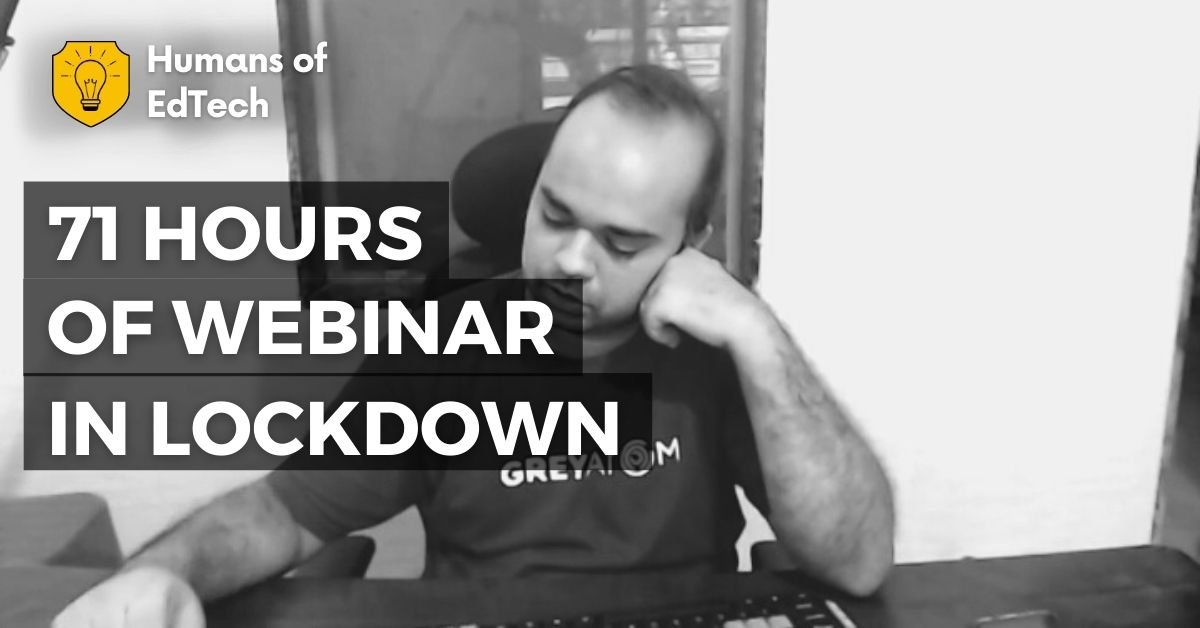Let’s look at the Jigsaw technique.
Jigsaw is a technique for cooperative learning, where each student in a school assumes responsibility for one piece of material and then teaches it to the other members of the group. Like the pieces of a jigsaw puzzle, to shape a full body of information, students match their individual chunks together.
The steps of Jigsaw-I, are here:
Divide students into four to six-person classes per school. When you have the same number of students in each team, Jigsaw works better.
It is necessary to split the content into the same number of chunks as the number of students in each group, splitting the content into four to six chunks. Suppose you’re an instructor of Data Science, and you’re doing a summary of many algorithms. We could split your material into these chunks: supervised, unsupervised, regression, sorting, neural networks, and NLP. A portion of your e-learning module maybe a chunk of content.
Assign each individual in the Jigsaw group to one chunk of text. – group has one individual responsible for one piece of material, and that individual is required to teach the piece to the rest of the group. Students don’t really communicate with other members of their group, they only individually read and research their own chunk of material, so the next step enhances their individual study.
Make students meet in groups of experts. When each student has individually researched their chunk, they gather with all the other students assigned to the same chunk. We name them groups of experts. Students compare their concepts within each expert group and work together to plan a sort of presentation to send to their Jigsaw group. During this period, holes in the understanding of particular students can be filled, misconceptions can be addressed, and we can reinforce major principles.
Students returned to Jigsaw Group. They return to their original Jigsaw groups now that students have learned their chunks and their expert groups, where each student takes a turn sharing their chunk of knowledge. The other teachers, meanwhile, listen attentively. Take notes and ask questions a lot. The rest take their turns until all are done. The others in the group are studying it, while each specialist teaches their chunk of material.
Test all learners on all the materials. The test should be a quick questionnaire to ensure that all learners have a basic grasp of all the content. Include in the quiz all the content chunks.
Jigsaw-II gives the Jigsaw-I a major tweak. The distinction is in the way they handle the test. In Jigsaw I, students are independently tested and earn just one grade. We give two quiz scores to individual students in the Jigsaw II, then each group score is combined to produce a group score. This builds competition between classes and allows learners to work harder to help each other understand the content.



